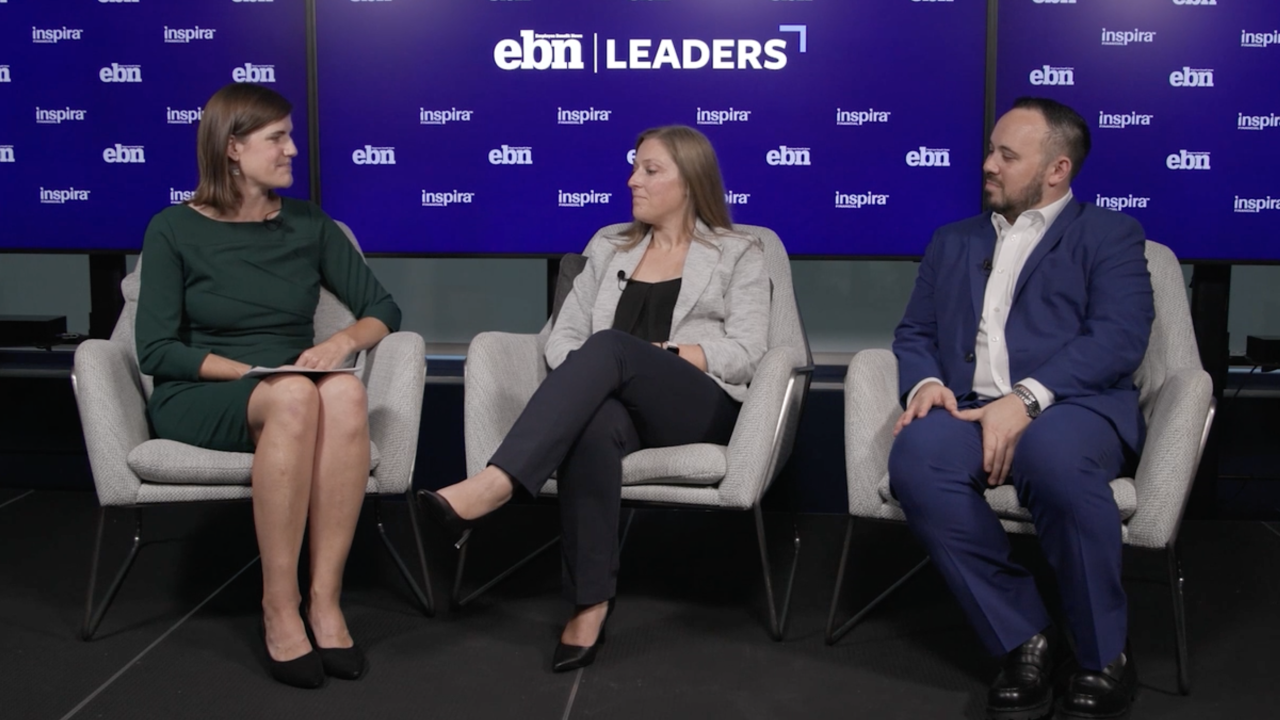Wellness programs have been at the forefront of employers minds, and in light of the recent Equal Employment Opportunity Commissions aim to tackle the questions lingering on what plan sponsors can or cannot do, employees are voicing a disconnect in wellness program engagement.
Though adopted by nearly three quarters of all employers, wellness initiatives do not sustain consumer engagement; less than half of consumers report that they stay engaged in their wellness program throughout the entire year, according to new research from HealthMine.
Also see:
Knowledge of ones own health was some of the more pressing concerns from employees. Less than a third of respondents know at least one of their key health metrics an indicator for chronic illness.
As regulations governing wellness programs take hold and the industry matures, plan sponsors can optimize their wellness programs with greater personalization and health guidance coupled with meaningful incentives, HealthMine CEO and president Bryce Williams said. The most successful employers will help consumers more easily get and find personal relevance in their health data through personal clinical engagement.
For example, the report notes, only 32% of people know their blood pressure. A majority of consumers report difficulty interpreting their health information, or understanding what steps they need to take to maintain or improve their health.
Also see:
The Centers for Disease Control and Prevention estimates that eliminating three risk factors poor diet, inactivity and smoking would prevent 80% of heart disease and stroke, 80% of type 2 diabetes and 40% of cancer.
And as employees get more and more information in this world of constant data, help interpreting what it means could also prove pivotal for employers.
But for employers, communicating the right way could also increase employee engagement. Getting health information to consumers in the right place and on the right device will be key, HealthMine notes. Employees have noted strong opinions on how they want their health information organized and made accessible:
- 88% said its important to have a single login for access to health information.
- 80% said its important to have concise summaries and simple visual graphics when accessing health information.
- 76% want to easily share their information with healthcare providers when on the go.
- 64% said its important to have access to health coaches when looking at health information.
Employees want cancer screenings
Coinciding with the report, additional research points to a growing number of employees seeking, specifically, recurring cancer screenings.
According to the Cancer Research Institute, in the U.S., the lifetime risk of developing cancer is higher in men (slightly less than 1 in 2) than for women (a little more than 1 in 3).
Roughly, a third of Americans arent sure what cancer screenings they need, or how often to get them.
Also see:
Still, a minority of wellness programs do include screenings for the most prevalent forms of cancer per the results below, HealthMine says:
- 20% include prostate cancer screenings.
- 25% include colon cancer screenings.
- 26% include skin cancer screenings.
- 33% include breast cancer screenings.
The baseline for disease management and abating chronic conditions is clinical data, Williams notes. Wellness programs may be under-screening for cancer one of the most deadly killers of Americans. Americans are clearly motivated to identify their risk for this life-threatening disease.
View the HealthMine Consumer Wellness Report by clicking





